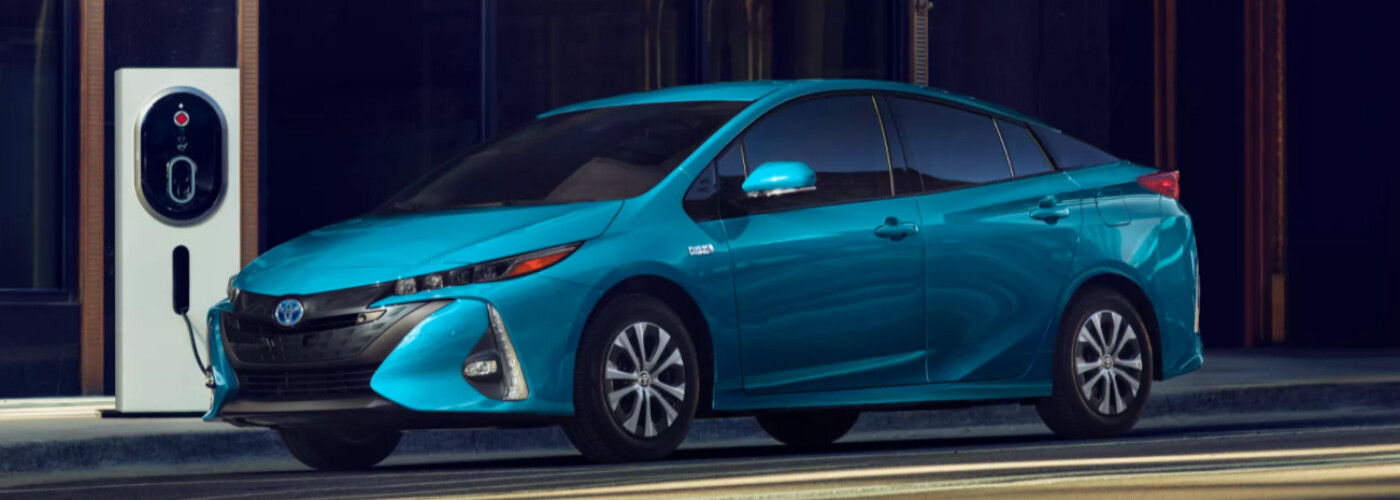Hybrid cars are reshaping the automotive industry, delivering a remarkable balance of fuel economy and dynamic driving experiences. With a combination of gasoline engines and electric powertrains, these vehicles offer the best of both worlds. For environmentally conscious drivers who also crave exceptional performance, hybrid cars provide a viable solution.
This article explores how hybrid technology enables both fuel efficiency and power, the innovations behind their success, and why they are becoming the future of transportation.
1. Understanding the Hybrid Powertrain
At the heart of every hybrid car is a sophisticated powertrain designed to maximize efficiency while delivering impressive performance.

- Dual Power Sources: Hybrid vehicles combine an internal combustion engine with an electric motor. The electric motor powers the car during low-speed driving, reducing fuel consumption, while the gasoline engine kicks in for higher speeds or demanding conditions.
- Regenerative Braking: This innovative feature recaptures energy lost during braking, storing it in the battery for later use. This system not only improves efficiency but also enhances driving range.
- Seamless Transition: Modern hybrids are engineered for smooth transitions between electric and gasoline modes, ensuring drivers experience consistent power delivery.
This synergy between two power sources allows hybrid cars to deliver outstanding mileage without compromising on acceleration or handling.
2. Advanced Technology Driving Efficiency
The technology embedded in hybrid cars plays a pivotal role in their ability to achieve high fuel efficiency.
- Start-Stop Systems: When the vehicle comes to a halt, the gasoline engine shuts off automatically, conserving fuel and minimizing emissions.

- Smart Energy Management: Advanced software monitors driving conditions, intelligently switching between electric and gasoline power to optimize energy use.
- Lightweight Materials: By incorporating lightweight yet durable materials, hybrids reduce overall vehicle weight, improving efficiency and handling.
These advancements ensure hybrid cars are not only efficient but also environmentally friendly, appealing to drivers seeking sustainable transportation solutions.
3. Bridging the Performance Gap
While hybrids are renowned for fuel economy, they do not fall short on performance metrics.
- Instant Torque Delivery: Electric motors provide instant torque, resulting in quick acceleration and responsive handling. Drivers experience a lively, dynamic ride even at lower speeds.
- Power Boosting Capabilities: In certain hybrid models, the electric motor acts as a supplementary power source, enhancing the performance of the gasoline engine during acceleration or hill climbs.
- Enhanced Driving Modes: Many hybrids offer customizable driving modes, such as Eco, Sport, or EV-only, allowing drivers to prioritize efficiency or performance based on their preferences.
This dual capability ensures hybrid vehicles meet the demands of performance-oriented drivers while maintaining exceptional fuel savings.

4. Real-World Benefits for Drivers
The advantages of hybrid cars go beyond technical specifications, offering tangible benefits for everyday users.
- Reduced Fuel Costs: The ability to rely on electric power for part of the journey significantly lowers fuel consumption, translating into cost savings at the pump.
- Lower Environmental Impact: Hybrids produce fewer emissions than traditional vehicles, contributing to cleaner air and reduced carbon footprints.
- Convenience in Urban Driving: Their quiet operation, compact size, and ability to switch to all-electric mode make hybrids ideal for city commutes.
- Extended Longevity: With reduced strain on the gasoline engine and regenerative braking systems, hybrids often experience less wear and tear compared to conventional cars.
For drivers, these benefits make hybrid vehicles an attractive choice, balancing cost efficiency with practical functionality.
5. The Future of Hybrid Technology
Hybrid cars represent a critical step toward a more sustainable and performance-driven automotive landscape.

- Plug-In Hybrids (PHEVs): Offering larger batteries and the ability to charge from external power sources, plug-in hybrids further extend electric driving ranges.
- Integration of AI: Artificial intelligence and machine learning are being employed to optimize energy management systems, further enhancing the efficiency and performance of hybrid vehicles.
- Wider Model Availability: Automakers are expanding their hybrid offerings across various vehicle categories, from compact cars to SUVs and luxury sedans, catering to a broader audience.
These developments promise a future where hybrid technology becomes even more versatile, efficient, and powerful, paving the way for widespread adoption.
Conclusion
Hybrid cars are more than just a stepping stone toward electric vehicles; they are a revolutionary blend of fuel efficiency and driving performance. By harnessing cutting-edge technology, they provide a compelling solution for drivers who value both sustainability and power. Whether you’re navigating city streets or hitting the open road, hybrid cars deliver the versatility and reliability that modern drivers demand.
Ready to learn more about hybrid vehicles and their advantages? Browse our website for additional insights, share your experiences in the comments, or explore related articles. We’d love to hear your thoughts on how hybrid technology is transforming the future of driving!

Leave a Reply